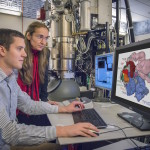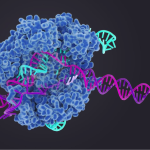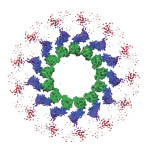Four Berkeley Lab scientists have been elected to the 2016 class of the American Academy of Arts and Sciences, a 236-year-old honorary society that recognizes accomplished scholars, scientists and artists in academia, the humanities, arts, business and government. They include Biosciences’ biophysicist senior scientist Robert Glaeser and biophysicist senior faculty Eva Nogales of the Molecular Biophysics & Integrated Bioimaging Division; and Jay Keasling, Biosciences associate laboratory director and CEO of the Joint BioEnergy Institute. Together with the Lab’s Nuclear Science Division Director Barbara Jacak, they are among 213 new members announced by the academy today (April 20).
Founded in 1780, the American Academy of Arts and Sciences is one of the country’s oldest learned societies and independent policy research centers, convening leaders from the academic, business, and government sectors to respond to the challenges facing—and opportunities available to—the nation and the world. Members contribute to academy publications and studies of science, engineering, and technology policy; global security and international affairs; the humanities, arts, and education; and American institutions and the public good. The new academy members will be inducted at an October 8 ceremony in Cambridge, Mass. Read more at the Berkeley Lab News Center.







